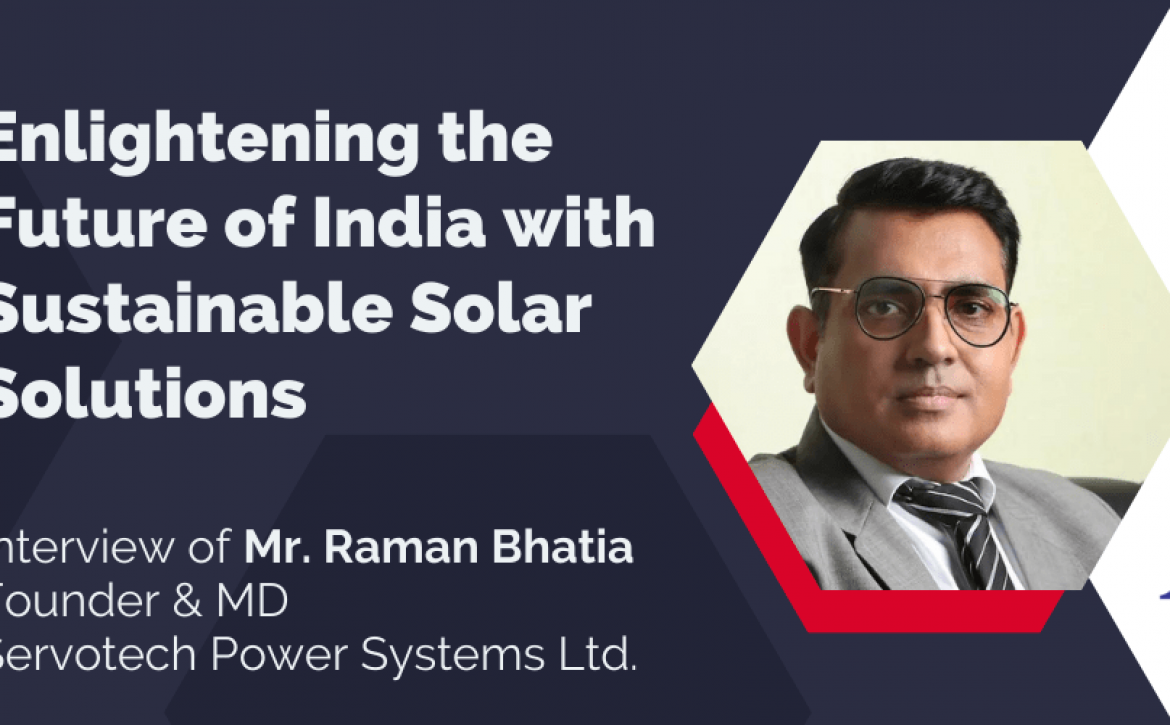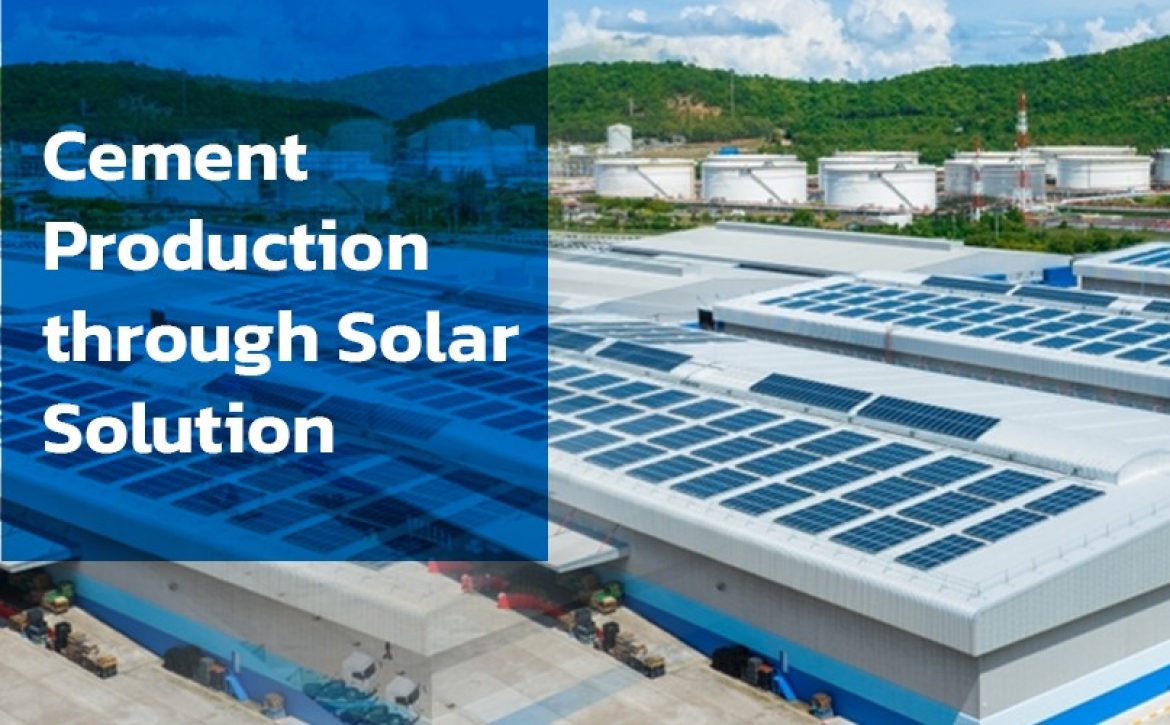PM-KUSUM Scheme: Powering Farmers’ Future with Solar Energy
India’s agricultural sector has always been the backbone of the nation, supporting livelihoods and ensuring food security. However, rising energy costs, dependence on diesel-powered irrigation pumps, and unreliable grid electricity have long burdened farmers. To address these issues, the Government of India launched the Pradhan Mantri Kisan Urja Suraksha evam Utthaan Mahabhiyan (PM-KUSUM Scheme). This ambitious initiative not only strengthens India’s renewable energy mission but also empowers farmers with clean, affordable, and sustainable energy solutions.
Understanding PM-KUSUM Scheme ( Pradhan Mantri Kisan Urja Suraksha Evam Utthan Mahabhiyan Yojana)

The PM-KUSUM scheme (Pradhan Mantri Kisan Urja Suraksha Evam Utthan Mahabhiyan Yojana), introduced by the Ministry of New and Renewable Energy (MNRE), aims to encourage farmers to adopt solar power for irrigation, reduce their reliance on conventional fuels, and boost their income by offering financial support to the farmers to install solar pumps in their farming land. This initiative would reduce the fuel costs and electricity bills in the long term.
Launched in 2019, the scheme has three key components:
- Component A: Setting up decentralized grid-connected renewable energy plants up to 2 MW.
- Component B: Installation of standalone solar-powered agricultural pumps.
- Component C: Solarisation of existing grid-connected pumps.
Current Advancements of PM-KUSUM
The scheme has seen steady progress across states such as Rajasthan, Haryana, Uttar Pradesh, and Madhya Pradesh. Thousands of farmers are already using solar pumps, drastically reducing diesel dependency. States with higher solar potential are taking the lead, with growing private and public sector participation.
However, challenges remain in terms of awareness, financing options for small farmers, and ensuring smooth integration of decentralized solar power into state grids. Despite these hurdles, the PM-KUSUM Scheme continues to expand its reach with government support and industry participation.
Benefits of the PM-KUSUM Scheme for Farmers
The scheme offers multiple direct and indirect benefits:
- Reduced Irrigation Costs: Farmers shift from costly diesel pumps to free solar energy.
- Energy Independence: Farmers gain reliable power access even in remote, off-grid areas.
- Additional Income: Surplus solar power generated can be sold back to the grid, creating a secondary income source.
- Sustainability: Solar energy reduces carbon emissions, promoting eco-friendly agriculture.
- Water Management: With smart usage, solar pumps can encourage sustainable irrigation practices.
Key Advantages in a Nutshell
- Lower operational costs for irrigation
- Enhanced agricultural productivity
- Dual income opportunity (farming + solar energy sales)
- A cleaner environment and reduced pollution
Eligibility of the PM-KUSUM Scheme

- Individual farmers, or joint borrowers who are owner-cultivators, are eligible.
- Water User Associations, Farmer-Producer Organisations (FPOs), cooperatives, and Panchayats are also eligible under some components.
- For Component B & C (solar pumps/solarisation), the applicant must own land and be using/planning to use the pump for agricultural irrigation.
- There are capacity limits: e.g., solar pump sizes (HP), depth of water table, etc. These depend on the component, type of pump (surface/submersible), and the region.
- In some states or dark zone areas, priority or preference is given to farmers who use micro-irrigation, or belong to SC/ST or panchayats, etc.
Application Process to Apply the PM-KUSUM Scheme
The application is usually done online, via the PM-KUSUM portal or via the state implementing agency. Steps include:
- Registration/login on the portal with required details like name, address, Aadhaar, etc.
- Filling the application form specifying component (B or C, etc.), pump capacity, details of land, irrigation, etc.
- Uploading/submitting the required documents.
- Verification of land, electricity connection, pump capacity, etc., by the relevant authorities.
- Once approved, the subsidy / financial assistance is sanctioned, the bank loan (if any) is processed, and then the installation of the pump or solarisation is carried out.
State agencies may also have specific timelines, block-wise applications, quotas, etc.
Documents Required
Typical documents that applicants need to submit (may vary by state or component):
| Document | Purpose / What it is used for |
|---|---|
| Aadhaar Card or other identity proof | To assess eligibility, capacity requirements, and suitability for irrigation/water source, etc. |
| Address proof | As part of identity/residence verification. |
| Land ownership document or proof of land holding (e.g., Khata/Khasra/Khatauni etc.) certified by the revenue authority | To establish ownership of agricultural land, to define the area and boundaries. |
| Land ownership document or proof of land holding (e.g., Khata/Khasra/Khatauni, etc.) certified by the revenue authority | Land ownership document or proof of land holding (e.g., Khata/Khasra/Khatauni etc.) certified by the revenue authority |
| Proof of electricity connection (if relevant, especially under solarisation / grid-connected pump components) | Land ownership document or proof of land holding (e.g., Khata/Khasra/Khatauni, etc.) certified by the revenue authority |
| Passport-sized photographs | For disbursal of subsidy/loan, etc. |
| Details of agricultural land (village/tehsil/block, etc.) and cropping pattern/acreage | For identification. |
| Self-declaration or scheme-specific forms | Bank account details/passbook |
Future of PM-KUSUM
The future of PM-KUSUM is bright, with the government pushing to scale up implementation and broaden its impact. With falling solar panel costs, better financing models, and AI-driven energy management systems, the scheme is expected to cover millions of farmers in the coming years.
Moreover, the alignment of PM-KUSUM with India’s Net-Zero by 2070 vision means the scheme will continue to be a cornerstone in achieving renewable energy and climate goals.
Servotech Renewable Power System Ltd. stands as a leading provider of solar solutions, driving India’s transition to clean energy. With a strong focus on innovation, the company delivers advanced solar inverters, panels, and pump controllers, offering customized solutions that align seamlessly with the objectives of the PM-KUSUM scheme.
Conclusion
The PM-KUSUM scheme is more than just a renewable energy policy; it’s a transformative step towards farmer empowerment, rural sustainability, and national energy security. By reducing costs, providing clean power, and opening up new income opportunities, the scheme is shaping a brighter future for Indian agriculture.
With industry leaders like Servotech contributing innovative solutions, the success of the PM-KUSUM Scheme is bound to accelerate, driving India closer to its renewable energy ambitions while ensuring prosperity for farmers across the nation.



 Get Quote
Get Quote



